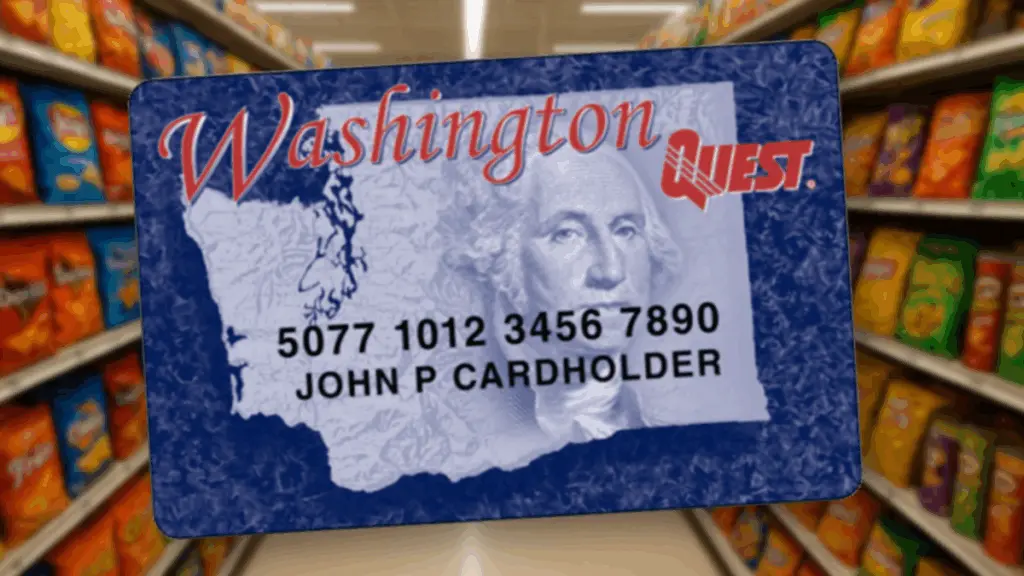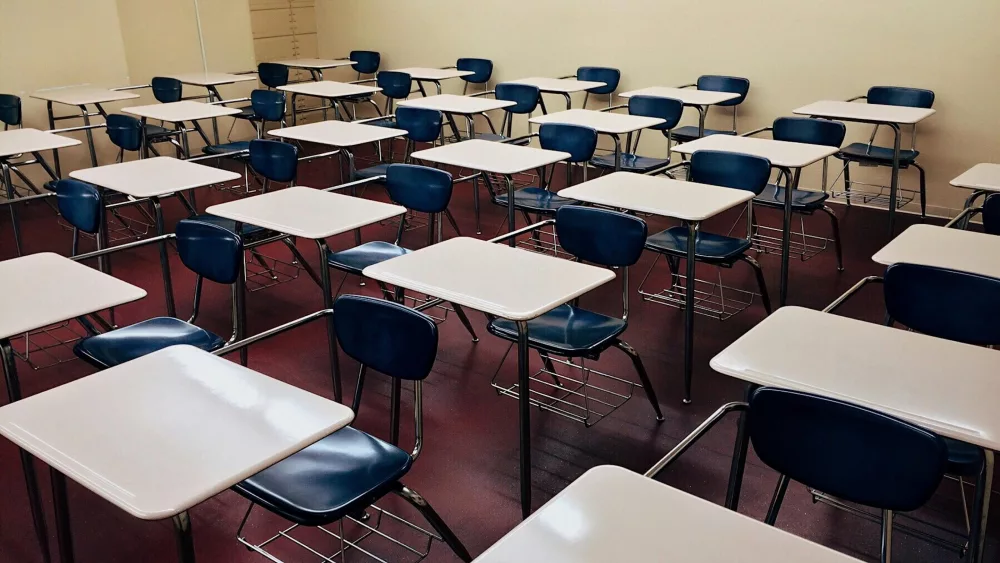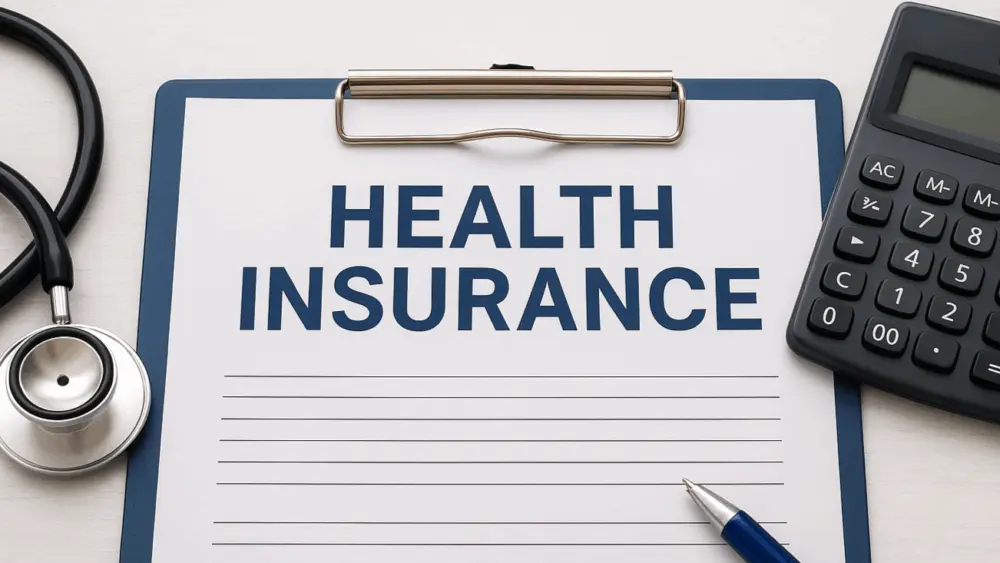OLYMPIA, WA – States that routinely overpay or underpay food stamp recipients could now lose hundreds of millions of dollars in federal funding.
This has Washington officials trying to improve the state’s already well below-average error rate in providing benefits under the Supplemental Nutrition Assistance Program, or SNAP. Ideas include increasing case reviews and establishing a new team focused on reducing mishaps.
The so-called “big, beautiful bill” that congressional Republicans passed in July is set to reduce federal spending on nutrition programs nationwide by an estimated $186 billion over 10 years.
This could cost over 130,000 enrollees their food benefits due to more stringent work requirements, according to state officials. And it stands to shift tens of millions in administrative costs from the federal government to the state.
But Washington could face many tens of millions more in new costs if it doesn’t address its error rate.
While the federal government funds SNAP benefits, states run the program for low-income residents. The two levels of government share administrative expenses. In May, the most recent month for which data is available, over 905,000 Washingtonians received a total of $167 million in SNAP benefits.
Under the new law, states will have to cover between 5% and 15% of food stamp benefits usually paid for by the feds, depending on how often they make mistakes doling out payments.
Those with error rates between 6% and 8% would pay for 5% of benefits, amounting to around $100 million in Washington. Between 8% and 10% would cost the state about $200 million. And anything over 10% will force the state to shoulder a staggering $300 million in new costs.
“This change is a completely fundamental shift in the responsibility of the federal government to the states,” said Claire Lane, director of the Seattle-based Anti-Hunger and Nutrition Coalition.
States will have to start paying those shares in October 2027, as part of the Trump administration’s self-described crusade against waste, fraud and abuse.
The costs could force some states to limit enrollment or doom their food stamp programs altogether.
“There are a lot of states concerned that this is not sustainable,” Lane said. “Making states pay enormously to feed a lot fewer people is going to be tragic for many hungry people.”
Luckily, Washington is ahead of the pack on this issue. Its error rate in the 2024 federal fiscal year was 6.06%, just above the minimum threshold. Most of those mistakes were overpayments. The national average is just under 11%.
For federal fiscal year 2025, Washington’s SNAP program, known as Basic Food, was trending toward an error rate over 8%, according to the state Department of Social and Health Services, which runs the program. This would put its penalty at $200 million annually.
Before this, Washington had been on the right track, reducing its rate from 9.33% in fiscal year 2022.
States have the option to choose between their 2025 and 2026 fiscal year error rates to decide how much they’ll pay. Federal fiscal years start Oct. 1. In subsequent years, penalties will be based on the rate from three years earlier.
But with major changes to eligibility on the way, officials fear the state will slip up more often, not less.
Preventing mistakes
The Department of Social and Health Services wants a half-dozen new full-time employees to increase case reviews and monitor error trends.
It’s looking to establish a small data-driven team with the sole mission of minimizing mistakes. The department also proposed expanded reviews of cases handled by staff with above-average error rates. Money to use artificial intelligence that can automate some of the process would also help, the agency said.
The Department of Social and Health Services is seeking nearly $1.7 million to bring the ideas to fruition. The agency recently submitted a request for supplemental funding to the governor’s office. Gov. Bob Ferguson in December will propose to state lawmakers a budget tweaking the two-year spending plan he signed in May.
In its request to the governor, the department described the ask as the “bare minimum,” as it continues to develop other plans.
“We will continue to ensure accuracy while we work with Gov. Ferguson’s office and the Legislature to find solutions that avoid or reduce increased costs to an already strained state budget,” Department of Social and Health Services spokesperson Norah West said in an email. “This makes good fiscal sense and provides additional support to DSHS employees and the Washingtonians they serve when they get the correct benefit amounts the first time.”
Other states are taking similar action. Oregon, for example, has created a dedicated team focused on finding ways to reduce its 14.06% error rate.
Some states with particularly high error rates, like Oregon, could get an extension before they have to pay benefit costs. That provision was added to win over Sen. Lisa Murkowski, R-Alaska, the key vote to get President Donald Trump’s megabill through the U.S. Senate. Alaska’s error rate is highest in the nation, at nearly 25%.
The Department of Social and Health Services also wants $4.6 million for information technology upgrades to respond to changes in the new federal law. And $2.1 million is sought to join a national clearinghouse to avoid duplicate benefits across state lines.
This story first appeared on Washington State Standard.





